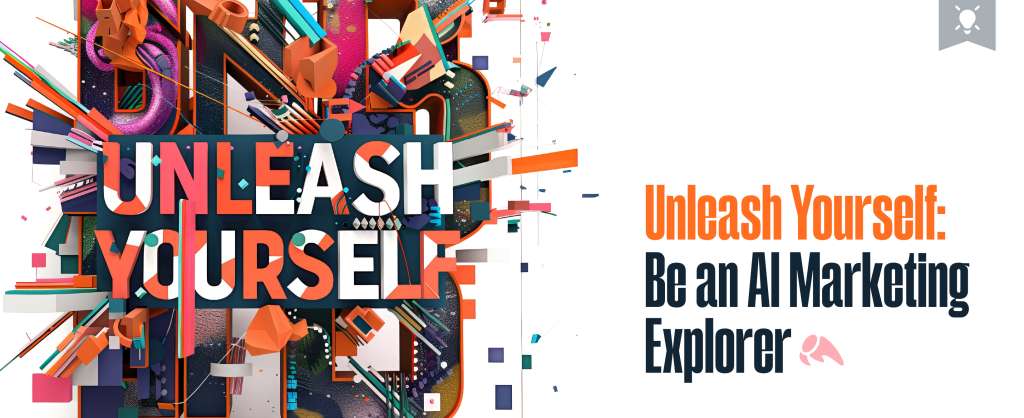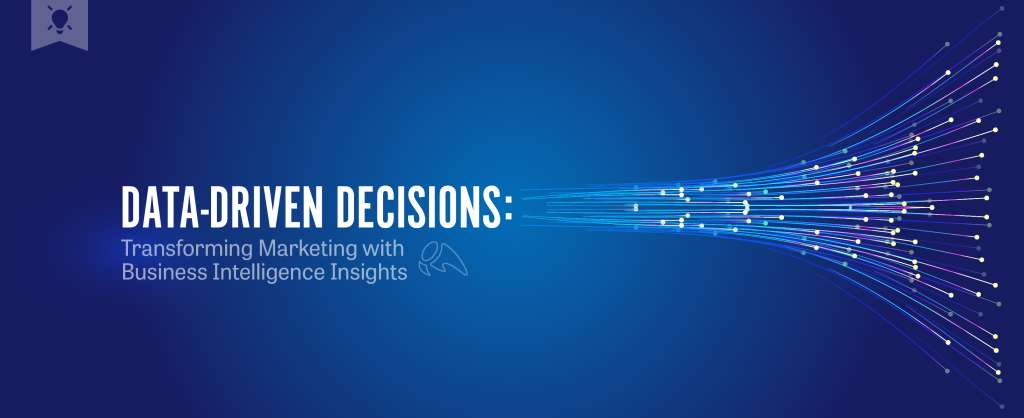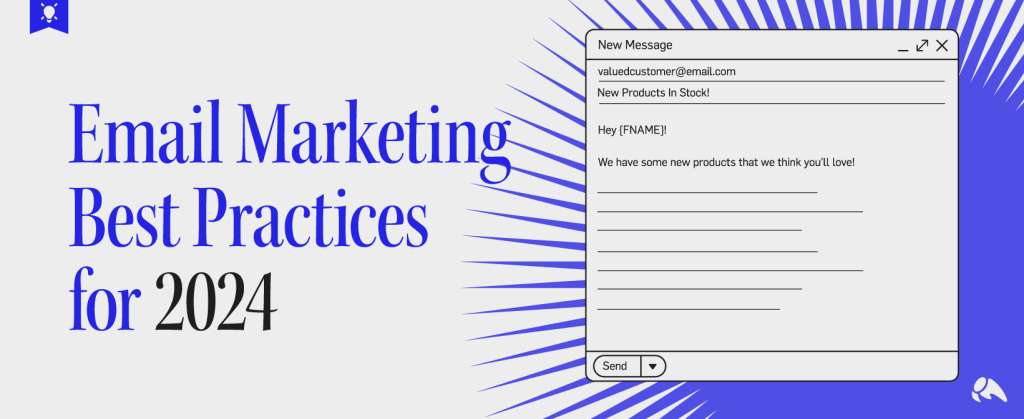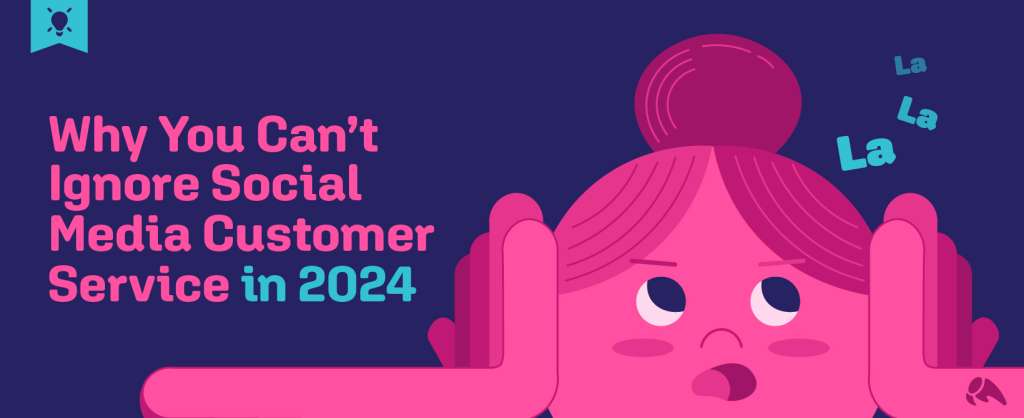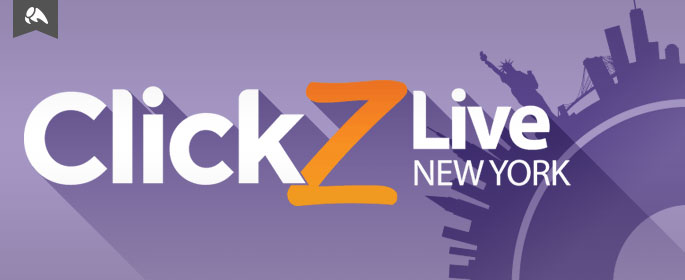
It’s time for Day 2 at ClickZ Live New York!
The morning’s kicking off with Leigh Heyman, director of new media technologies at the White House. While leading the technical team, he works closely with the digital marketing/content-focused experts at the White House, and he immediately stresses the need for those two teams to work together.
His keynote focuses on two digital marketing approaches – event-driven and long-term – with the same goals: engagement.
2015 State of the Union Digital Strategy
For the 2015 State of the Union, his team had three key digital strategy goals. One was an epic mobile experience, followed by social engagement to extend the conversation about the President’s speech, and a new structure around curated content. Rather than just an amplification process of the speech itself, they spent time looking into how they can bring in additional content about the speech and the issues it covered.
They had 8 weeks to create and execute a plan that accomplished these goals.
Mobile was their first priority. What they saw was over the course of this administration, they’ve seen now a third of their traffic start coming from mobile and tablet devices. But there’s more to it than that – 34% of people in the United States use their phone as the primary way of accessing the Internet.
And who is that audience? Key people the White House wants to reach.

The next piece they focused on was social engagement. The State of the Union site in 2013 was not responsive and left room for improvement, 2014 built on that. Since 2011, the website has provide an enhanced experience – as the live video is playing, the website provides supporting information next to the video.

What you see next to the President during 2014’s State of the Union is embedded. You can’t engage with it, you can’t interact with it. You can’t easily share with your friends without leaving the stream.
This year, they wanted to change that. They had content below the screen that were ready to be easily shared. The content below was frequently updated to stay within the context of the President’s speech. They had Spanish captions available. There was informative content, surveys, sign-ups… and it was fully responsive.


How successful was it?
- Live streams up 50%
- Time on page up 45%
- 18,000 poll responses
- 40,000 email signips
- 17,000 “ROC” shares (“River of Content” – each content piece a “content boat”)
… in 61 minutes
And mobile results? 52% of the 2015 State of the Unions livestream users were coming from mobile & tablet devices.
Now, switching gears…
“We The People” – Longterm Campaign
How do they put this digital engagement focus to work for longterm campaigns? One example is the “We The People” site.
They began by changing the way petitions work. Today, you can start a petition, and with 100,000 signatures in 30 days, you will get a White House response (no matter what the petition is about).


After launch, you see steady straight-line growth. During this time, they’re trying to predict what the users want and build every feature. They determined that wasn’t what was necessary – what were the core needs to make a petition, share a petition and sign a petition? Those functions were prioritized, and it was then that they hit on the key features that the users wanted. That caused the inflection point.
Not only are we seeing this fantastic growth in both lines, but more users are signing more petitions. They’re returning to the platform.
And the on-page interactions are tremendous, as evidenced by the click through rates below.

So…What’s Next?
APIs for WhiteHouse.gov.
The White House is sitting on a body of public information about people who want to affect change. Petitions about issues affecting communities. Names of people who care about these issues. Where and when people are signing.
It’s become apparent that this information should be available to people who want to make change. The White House’s Read API launched in 2013 allows you to see real-time status of petitions, demographics , trends and topics around what people are finding important filtered by your preferences, and an ability search. Everything is open source, and it’s still growing. The White House hosts hackathons that allow people to come in and work with the White House’s digital strategy team to discuss what happens next for the platform.
And now, the Write API will allow you to create a petition, get signatures and engage people on your own site, without forcing users to leave your site as before. The Write API allows campaigns to own the user experience now, run better social strategies and provide opportunities for better mobile and “In Real Life” situations (petitions on clipboards at the supermarket? Not any more).
And there’s plenty of potential for further development. More information for developers can be found at whitehouse.gov/developers and github.com/whitehouse.
Awesome start to day #2… stay tuned for more posts!


